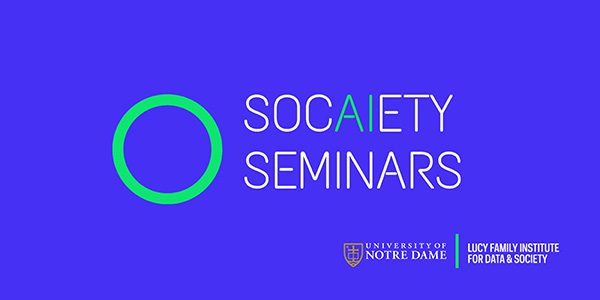Dessert Plate with a Scene from the Fable of the Wolf and the Stork
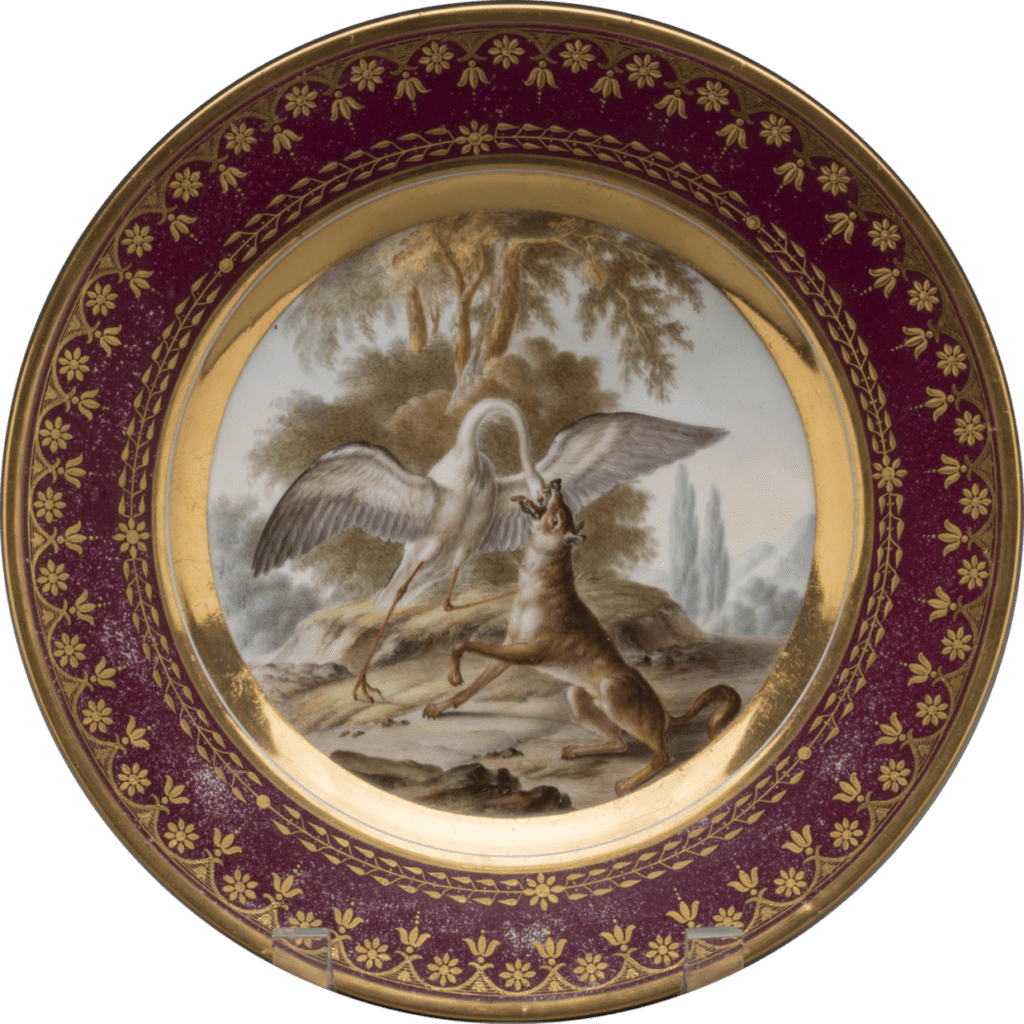
ABOUT THE ARTWORK
Who made it?
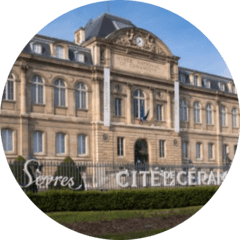
This dessert plate, and the set it is a part of, was produced by the Sèvres Manufactory. Founded in 1740 in Vincennes, France, the porcelain manufactory was moved to Sèvres, France in 1756. Louis XV became the principal shareholder of the enterprise in 1759, making it the Royal Porcelain Manufactory. The factory employed scores of chemists, craftsmen, designers, and artists. The products that emerged from the factory were necessarily collaborative—requiring contributions from multiple craftsmen to complete a single piece.
The manufactory was consistently innovative with the colors and designs they produced in order to remain competitive with the Meissen Manufactory in Germany and to appeal to their royal patrons.
While no longer a royal manufactory, Sèvres Manufactory is still functioning. It is now part of Cité de la céramique–Sèvres et Limoges. The “Ceramic City” includes two museums along with the manufactory. A stunning video showcasing their facilities, artists, grounds, collections, and even someone painting a scene on a plate can be found here. (Be sure to click the play button where it says “Discover Exceptional Creations” in the blue banner.)
What’s going on in this work?
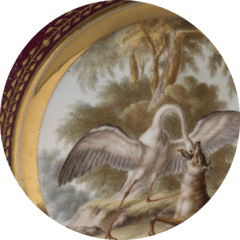
This plate is made from hard-paste porcelain, a product not made at Sèvres until the late 1760s, when deposits of the vital ingredient kaolin (china clay) were found in Limoges, France. Hard-paste porcelain is able to withstand a higher firing temperature and fires to a translucent white, making it an exceptional surface for detailed paintings.
The image on our plate is a scene taken from Aesop’s fable—the wolf and the crane. Fables were a popular motif used during this time; each place setting from this table service features a different one. On this particular plate, we find ourselves in a scene from the middle of the story. Read the Wolf and Crane Fable to find out what leads up to this moment and what happens next.
Take a closer look.
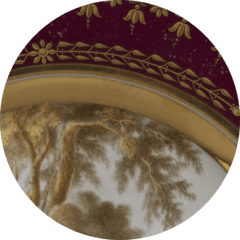
Click on the full image of Dessert Plate with a Scene from the Fable of the Wolf and the Stork above to see a larger version of the work. Look closely at the plate and use these questions to guide your looking. Share your thoughts with your family at home, with a friend through a virtual conversation, or with us in a response to this email.
- What’s going on here? What do you see that makes you say that?
- Who do you think would have used a plate like this—someone from the aristocracy or someone more ordinary? What do you see that makes you say that?
- Do you think a plate like this would have been used every day or only for special occasions? What do you see that makes you say that?
- Think about the Wolf and the Crane fable. What scene or part of the story would you choose to put on a plate? Describe what it would look like and why you picked that moment.
Download the Raclin Murphy Museum of Art app to take a virtual walk through the Sculpture Park today! Available for free download in your regular app store.
To receive the collection in your inbox, join the Raclin Murphy Museum’s mailing list.
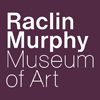
About the Article:
Engage with the Raclin Murphy Museum of Art by exploring their collection through background information and reflection questions. For more information on the collections, please visit the Raclin Murphy Museum of Art website.
Learn MoreApril 16, 2020


